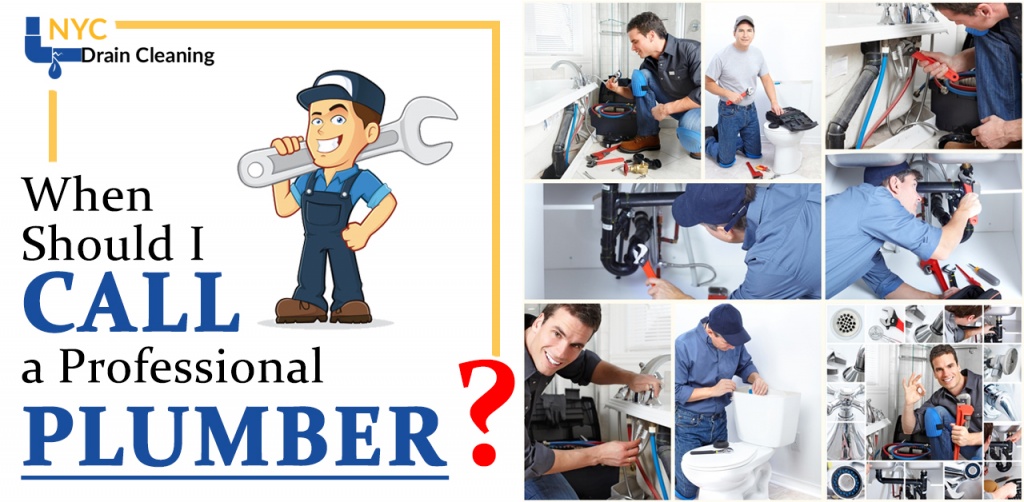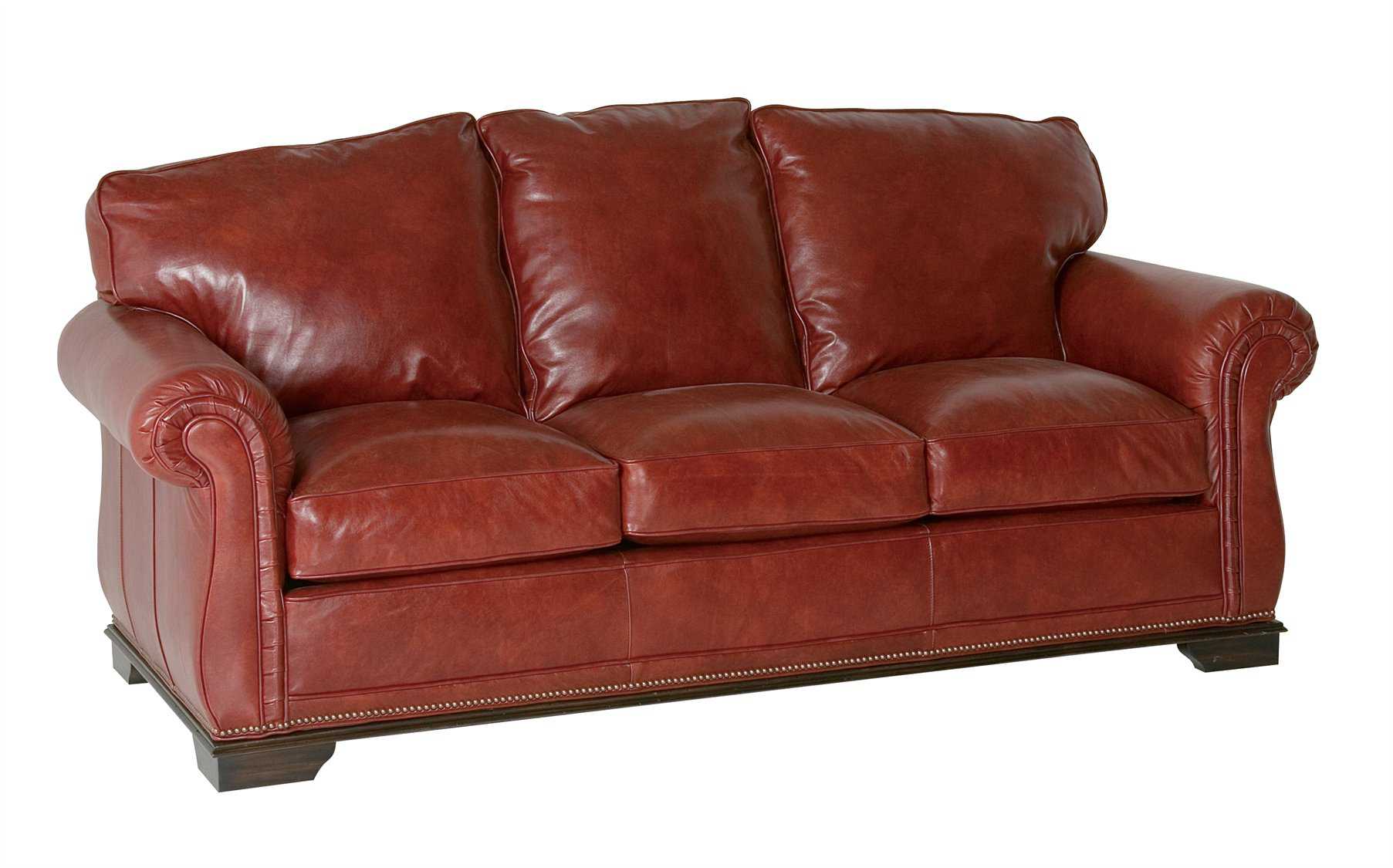If you're experiencing low water pressure in your kitchen sink, the first thing you should check is the aerator. This small piece at the end of your faucet is responsible for controlling the flow of water and can easily get clogged with debris or mineral buildup. Unscrew the aerator and clean it thoroughly with a brush and vinegar to remove any obstructions. This simple fix could already solve your low water pressure issue.1. Check the aerator
If cleaning the aerator doesn't do the trick, it might be time to replace it altogether. Over time, the aerator can become damaged or worn out, affecting the flow of water. Consider purchasing a new aerator specifically designed to increase water pressure. This is an affordable and easy solution to your low water pressure problem.2. Clean the aerator
Another possible cause of low water pressure is a partially closed or faulty water supply valve. Make sure that the valves under your sink are fully open to allow maximum water flow. If the valves are already open but you're still experiencing low water pressure, it could be a sign that the valve needs to be replaced. This is a job best left to a professional plumber.3. Check the water supply valves
Clogs in the pipes can also cause low water pressure in your kitchen sink. If you suspect this is the case, try using a plunger to clear out any possible blockages. You can also try pouring a mixture of hot water and baking soda down the drain to dissolve any buildup. If these methods don't work, you may need to call a plumber to inspect and unclog your pipes.4. Check for clogs in the pipes
Every home has a water pressure regulator, which is responsible for controlling the flow of water from the main supply to your faucet. If the regulator is faulty or set too low, it could be the reason for your low water pressure. You can check the regulator and adjust it yourself, but it's recommended to seek the help of a professional plumber to ensure the job is done correctly.5. Check the water pressure regulator
If the water pressure regulator is beyond repair, it's crucial to replace it with a new one. This job requires technical knowledge and should be done by a licensed plumber. They can also advise you on the best type of regulator for your home's water pressure needs.6. Replace the water pressure regulator
Leaks in your pipes can also cause a decrease in water pressure. Inspect your pipes for any visible leaks or water stains. If you find any, it's essential to have them repaired immediately to prevent further damage and increase water pressure.7. Check for leaks in the pipes
If you've tried all the above solutions and are still experiencing low water pressure, it could be an issue with the main water supply. Contact your local water company to check the pressure of the water coming into your home. If the pressure is low, they may need to make adjustments or repairs to the supply line.8. Check the water pressure from the main supply
If you live in an area with consistently low water pressure, it might be worth investing in a water pressure booster. This device increases water pressure by using a pump to push water through the pipes. It's a more permanent solution to low water pressure, but it can be costly and requires professional installation.9. Install a water pressure booster
If you've exhausted all possible solutions and still can't seem to increase the water pressure in your kitchen sink, it's best to call a professional plumber. They have the expertise and tools to diagnose and fix any underlying issues that may be causing the low water pressure. Don't hesitate to seek professional help to ensure your water pressure is back to normal and your kitchen sink is functioning properly. In conclusion, low water pressure in your kitchen sink can be frustrating and inconvenient. However, with these tips, you can troubleshoot and fix the issue yourself or seek professional help if needed. Don't ignore low water pressure as it may be a sign of a larger problem that requires immediate attention. Take care of your kitchen sink and water pressure, and it will continue to serve you well for years to come.10. Call a plumber for professional help
Common Causes of Low Water Pressure in Kitchen Sinks

Issues with Water Supply Lines
 One of the most common causes of low water pressure in kitchen sinks is an issue with the
water supply lines
. These lines are responsible for bringing water from the main water source to your kitchen sink, and if they are damaged or clogged, it can restrict the flow of water.
Corroded pipes
or
leaks
in the water supply lines can also cause low water pressure. It is important to regularly inspect and maintain these lines to ensure they are functioning properly.
One of the most common causes of low water pressure in kitchen sinks is an issue with the
water supply lines
. These lines are responsible for bringing water from the main water source to your kitchen sink, and if they are damaged or clogged, it can restrict the flow of water.
Corroded pipes
or
leaks
in the water supply lines can also cause low water pressure. It is important to regularly inspect and maintain these lines to ensure they are functioning properly.
Clogged Faucet Aerator
 Another culprit behind low water pressure in kitchen sinks is a
clogged faucet aerator
. The aerator is a small mesh screen located at the end of your faucet, and its purpose is to mix air with the water to create a steady stream. However, over time, mineral deposits, debris, and other particles can build up in the aerator, causing it to become clogged. This restricts the flow of water and leads to low water pressure. Regularly cleaning or replacing the aerator can help improve water pressure in your kitchen sink.
Another culprit behind low water pressure in kitchen sinks is a
clogged faucet aerator
. The aerator is a small mesh screen located at the end of your faucet, and its purpose is to mix air with the water to create a steady stream. However, over time, mineral deposits, debris, and other particles can build up in the aerator, causing it to become clogged. This restricts the flow of water and leads to low water pressure. Regularly cleaning or replacing the aerator can help improve water pressure in your kitchen sink.
Water Pressure Regulator Issues
 A
water pressure regulator
is a valve that controls the pressure of water coming into your home. If this regulator is not functioning properly, it can cause low water pressure in your kitchen sink.
Adjusting or replacing
the regulator can help resolve this issue. It is important to consult a professional plumber to properly adjust or replace the water pressure regulator.
A
water pressure regulator
is a valve that controls the pressure of water coming into your home. If this regulator is not functioning properly, it can cause low water pressure in your kitchen sink.
Adjusting or replacing
the regulator can help resolve this issue. It is important to consult a professional plumber to properly adjust or replace the water pressure regulator.
Plumbing System Design
 Lastly, the
plumbing system design
of your home can also impact the water pressure in your kitchen sink. If the pipes are too small or there are too many bends and turns, it can restrict the flow of water and lead to low water pressure. In some cases,
re-piping
may be necessary to improve water pressure in your kitchen sink. It is best to consult a professional plumber to assess and make any necessary changes to your plumbing system.
Lastly, the
plumbing system design
of your home can also impact the water pressure in your kitchen sink. If the pipes are too small or there are too many bends and turns, it can restrict the flow of water and lead to low water pressure. In some cases,
re-piping
may be necessary to improve water pressure in your kitchen sink. It is best to consult a professional plumber to assess and make any necessary changes to your plumbing system.
In Conclusion
 Low water pressure in kitchen sinks can be frustrating and inconvenient. However, by understanding the common causes and addressing them promptly, you can improve the water pressure in your kitchen sink. Regular maintenance and inspections of your water supply lines, faucet aerator, water pressure regulator, and plumbing system can help prevent and resolve low water pressure issues. Don't hesitate to consult a professional plumber for assistance if needed.
Low water pressure in kitchen sinks can be frustrating and inconvenient. However, by understanding the common causes and addressing them promptly, you can improve the water pressure in your kitchen sink. Regular maintenance and inspections of your water supply lines, faucet aerator, water pressure regulator, and plumbing system can help prevent and resolve low water pressure issues. Don't hesitate to consult a professional plumber for assistance if needed.

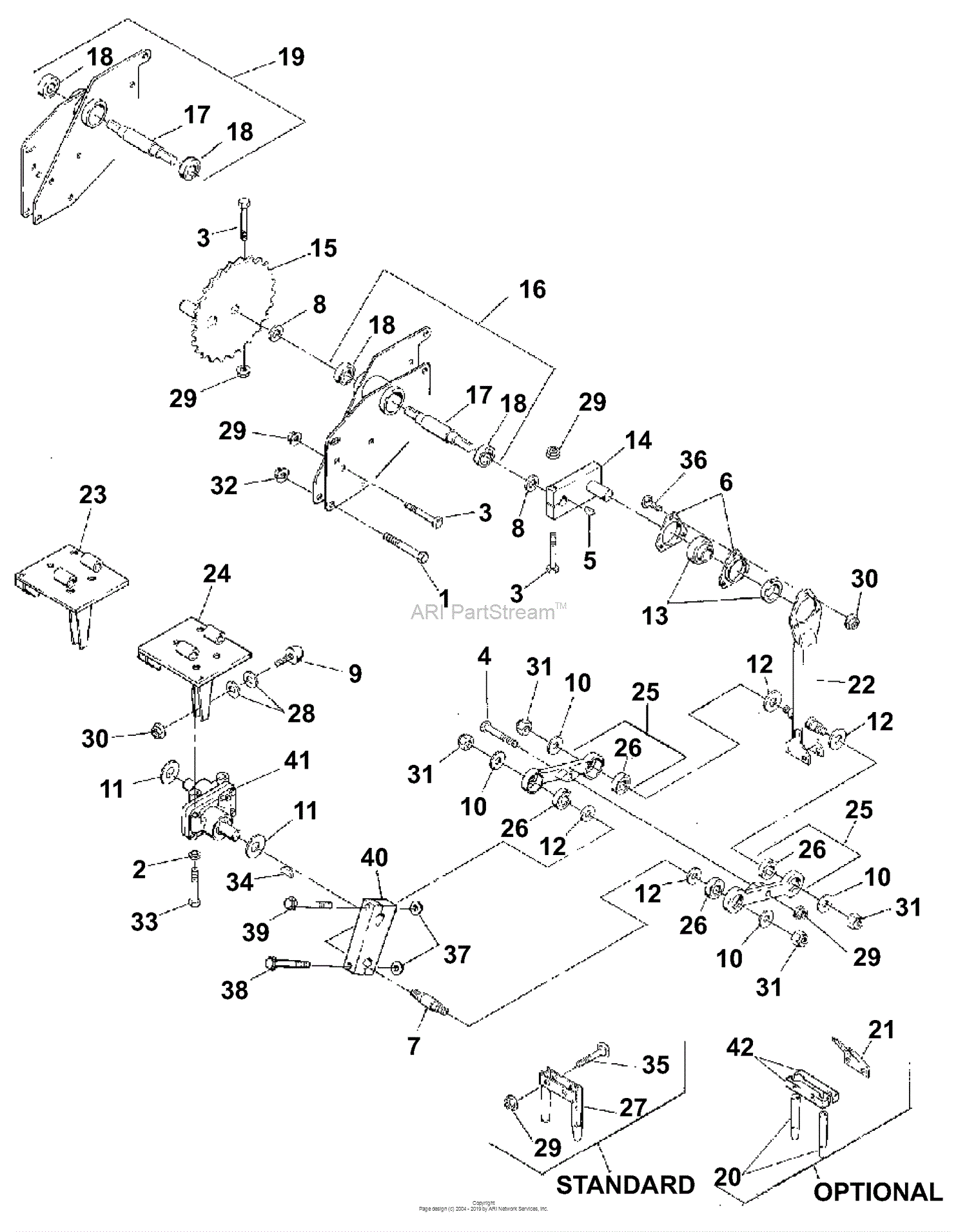














:max_bytes(150000):strip_icc()/clearing-a-blocked-faucet-aerator-2718807-07-b5a90554991f4bb69efb45a472df7f23.jpg)








:max_bytes(150000):strip_icc()/GettyImages-106572292-3658474337224eda8721faead4f91390.jpg)



:max_bytes(150000):strip_icc()/GettyImages-1057621140-78ab2e946841421d9a7efeebe02935d2.jpg)



















:max_bytes(150000):strip_icc()/the-men-s-hand-opens-the-ball-valve-on-the-collector-1006810456-5c5fc73fc9e77c000159c4af.jpg)



:max_bytes(150000):strip_icc()/testing-water-pressure-in-your-home-2718692-hero-98f45508ca5d44b6b551034ac5cedab5.jpg)
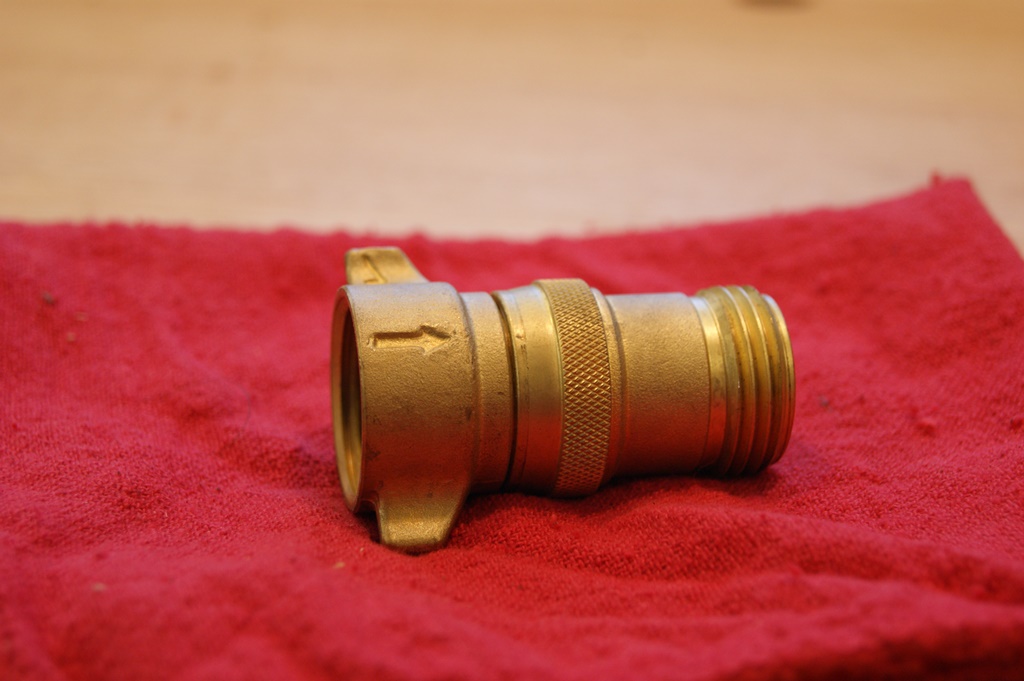
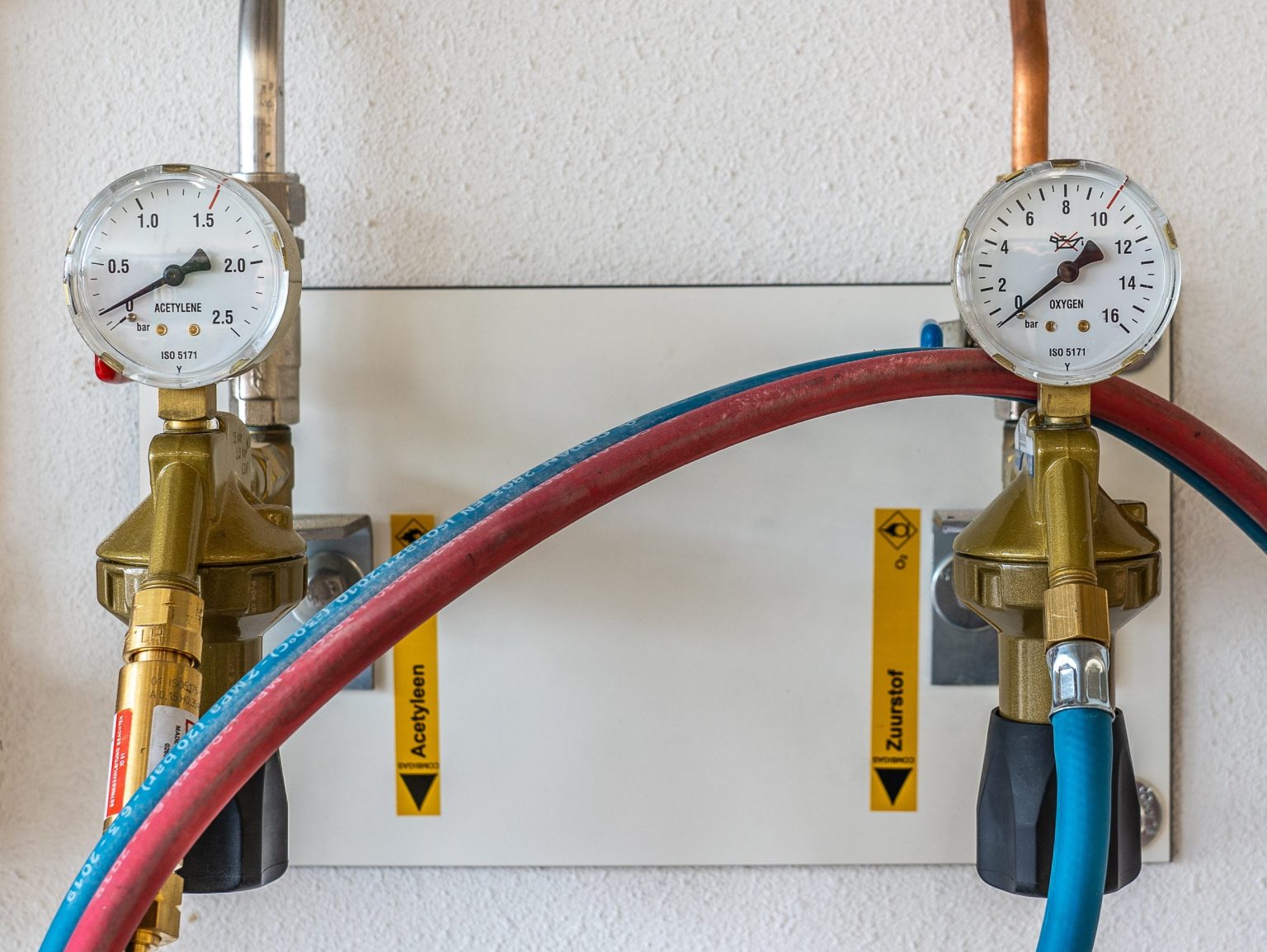























/testing-water-pressure-in-your-home-2718692-hero-98f45508ca5d44b6b551034ac5cedab5.jpg)


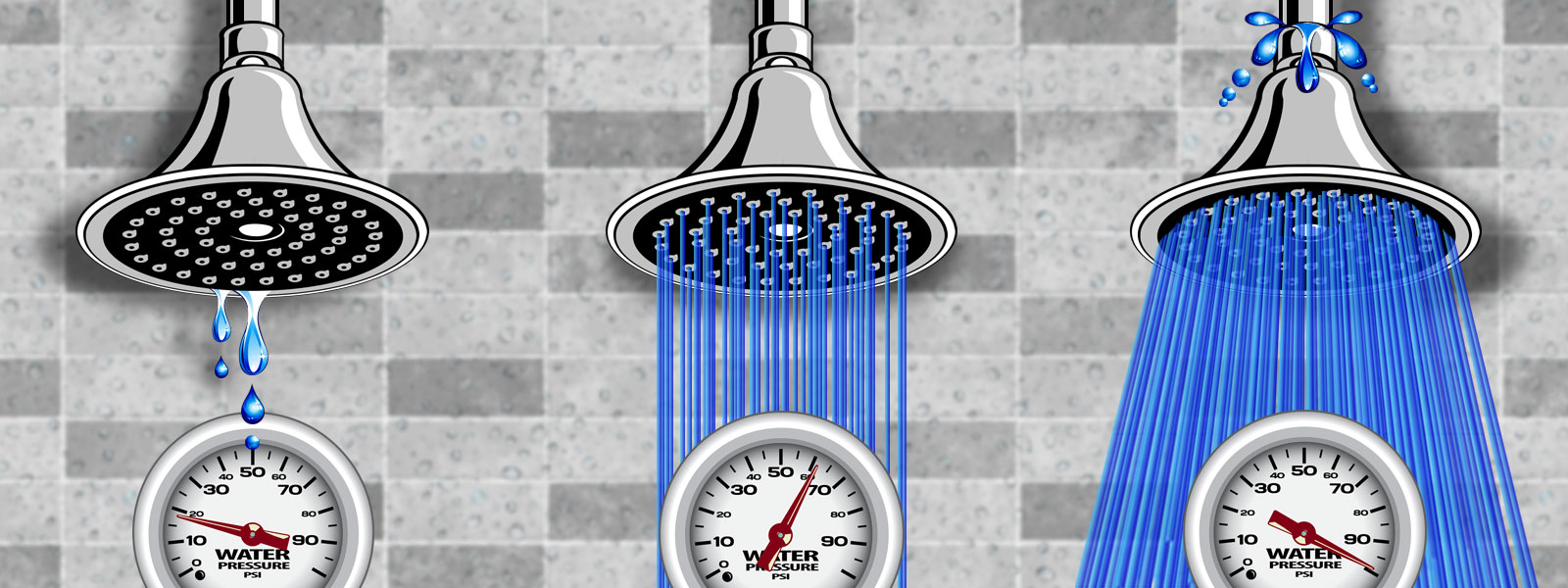
:max_bytes(150000):strip_icc()/testing-water-pressure-in-your-home-2718692-04-c37ab3236d0d4b61b87079ebf9ef823e-c1e1ef0104fb44778a287bd9bb5ec140.jpeg)








-844-p.jpg?v=ede30092-5775-434a-b8ca-07306b3bbe53)









